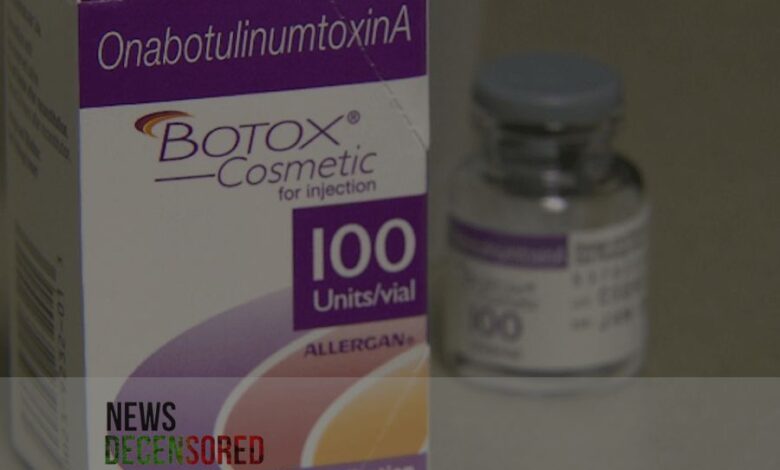Dangers of Counterfeit Botox

Harmful reactions in nine states linked to counterfeit or mishandled Botox injections
Are you thinking about getting Botox injections for smoother skin? While it can be a tempting cosmetic procedure, a recent surge in counterfeit Botox has raised serious health concerns. This article details the dangers of these fake products and provides crucial information to help you stay safe.
Counterfeit Injections Leading to Hospitalizations
The U.S. Centers for Disease Control and Prevention (CDC) has warned about counterfeit Botox injections. Nineteen individuals across nine states reported adverse reactions after receiving these injections. These procedures were performed by unlicensed or untrained individuals, often in non-medical settings like homes or spas.
The seriousness of the situation is underscored by the fact that nine patients required hospitalization. Four even received botulism antitoxin medication due to fears that the toxin spread beyond the injection site. Thankfully, botulism tests on five patients came back negative.
Signs of Counterfeit Botox
The counterfeit Botox appears to be linked to products obtained from unauthorized sources and administered by either unlicensed or potentially even licensed providers. The FDA strongly advises healthcare professionals against using such products due to the significant health risks they pose. Before administering Botox, all providers should examine the product for signs of counterfeiting.
Some telltale signs of counterfeit Botox include:
- Lot number C3709C3 on the outer carton and vial
- “Botulinum Toxin Type A” is the active ingredient instead of “OnabotulinumtoxinA.”
- 150-unit doses (not a dosage offered by legitimate companies like AbbVie or Allergan)
- Outer carton containing non-English language text
Protecting Yourself
If you’re considering Botox injections, prioritize your safety by following these steps:
Verify the Provider’s Credentials: Ensure your provider is licensed and trained to administer Botox injections.
Ask About the Product: Inquire about the product’s FDA approval and its source. Reputable providers will only use FDA-approved Botox obtained from reliable sources.
When in Doubt, Don’t Get Injected: If you have any reservations about the provider, the product, or the procedure’s safety, err on caution and decline the injection.
Understanding Botulism
Botulism is a rare yet severe illness caused by toxins produced by bacteria that attack the nervous system. Symptoms can include:
- Blurry or double-vision
- Drooping eyelids
- Difficulty breathing
- Fatigue
- Slurred speech or hoarse voice
- Muscle paralysis may worsen over time if left untreated, potentially leading to death.
While the botulinum toxin is a component of Botox and similar cosmetic products, it’s a purified form approved by the FDA for use by licensed healthcare professionals.
You can minimize the risk of encountering counterfeit Botox by prioritizing your safety and following the outlined steps. Remember, extra caution can go a long way in protecting your health and well-being. Consult a reputable dermatologist or licensed healthcare professional if you have concerns about Botox injections.




